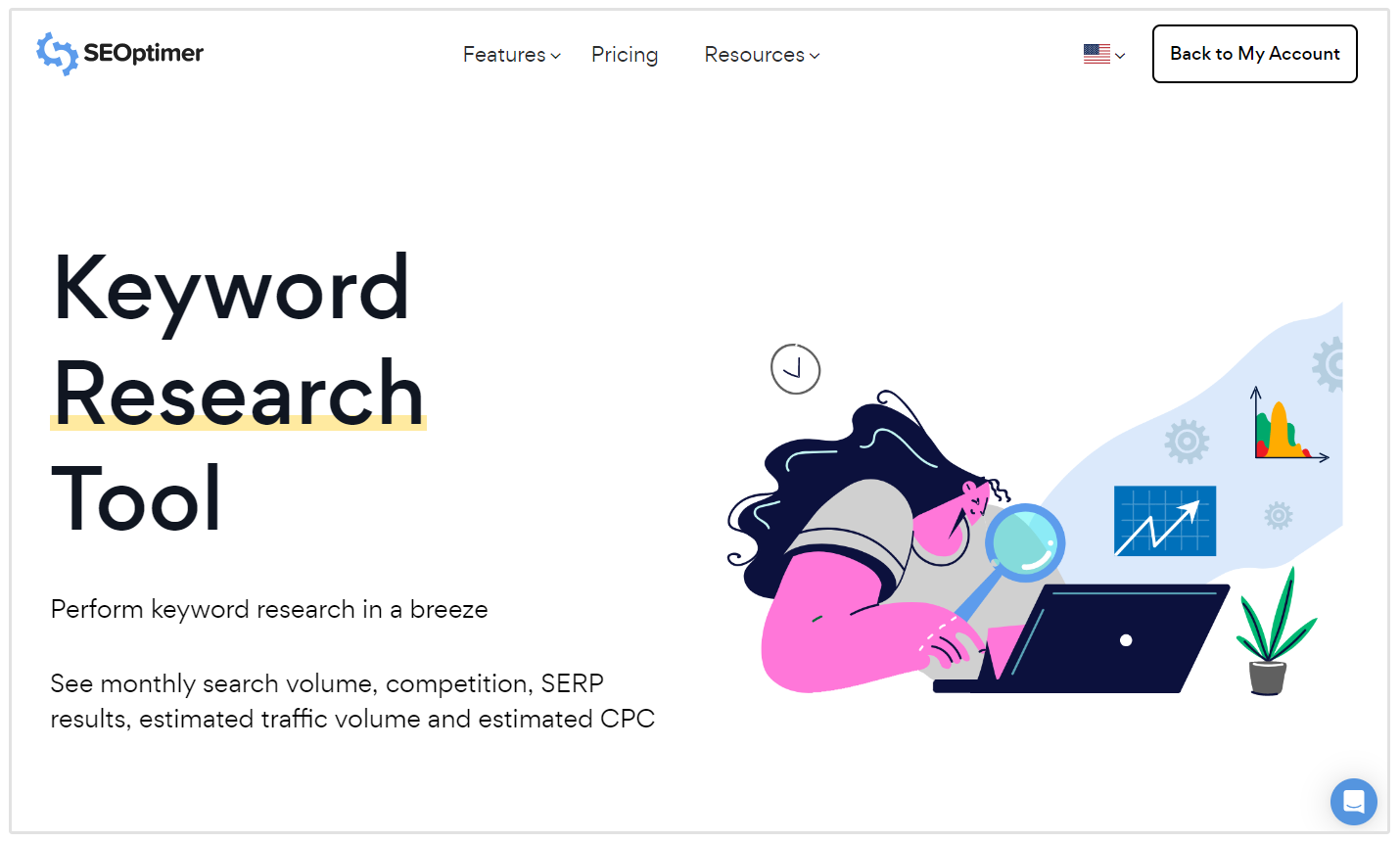Crucial Overview to Secondary Dimensions in Google Analytics: Definition, Advantages, and Applications
Wiki Article
Unveiling the Effect of Additional Measurement in Google Analytics on Data Analysis and Insights
In the realm of data analytics, the usage of second measurements within Google Analytics has actually emerged as a critical device for removing much deeper understandings and unraveling facility patterns that could otherwise remain obscured. By peeling back the layers of main data collections, secondary measurements provide a nuanced perspective that enhances the understanding of individual behavior, web site efficiency, and the effectiveness of marketing methods.Checking Out the Idea of Second Dimensions
Second dimensions in Google Analytics give extra understandings by enabling users to examine primary data in combination with an additional attribute. By including second dimensions, users can dig deeper into the data and uncover useful connections that might otherwise go undetected - what is a secondary dimension in google analytics.By checking out the various secondary dimensions offered in Google Analytics, customers can open brand-new insights and maximize their digital marketing initiatives. In essence, second dimensions serve as a powerful device for boosting information analysis and driving workable outcomes.
Enhancing Information Interpretation With Secondary Measurements
Having actually established the fundamental understanding of secondary measurements in Google Analytics and their pivotal duty in information analysis, the focus currently changes towards leveraging these second qualities to boost the interpretation of analytics information (what is a secondary dimension in google analytics). By integrating second measurements into information analysis, experts can get deeper understandings right into individual actions, internet site performance, and marketing efficiency

In addition, second dimensions aid in contextualizing primary data metrics by supplying additional layers of info. This contextualization help in comprehending the 'why' behind the information trends, helping experts make informed choices and optimizations to boost total performance. Ultimately, including second measurements improves the data analysis procedure, leading to more critical actions and meaningful understandings.
Discovering Hidden Insights Via Secondary Measurements
Exploring the midsts of analytics information with additional measurements reveals beneficial insights that would certainly otherwise remain obscured. By including additional dimensions in Google Analytics, companies can unearth surprise patterns, fads, and relationships that supply a more thorough understanding of user habits and internet site performance. These added layers of information permit analysts to delve much deeper right into the key dimensions, such as website traffic resources or landing web pages, and acquire an extra nuanced perspective on how various variables engage with each various other.Via the usage of additional measurements, experts can segment and contrast data across numerous measurements, enabling them to identify certain elements that influence user interaction, conversion rates, and total success metrics. By combining the key dimension of 'tool classification' with the additional dimension of 'age team,' marketing professionals can pinpoint which age demographics like accessing the internet site with mobile tools versus why not try this out desktops.
Leveraging Second Measurements for Actionable Analytics
Structure upon the understandings revealed via second measurements in Google Analytics, services can now harness this enriched data landscape to drive actionable analytics and tactical decision-making. By leveraging additional measurements, organizations can dive much deeper right into their information to extract useful patterns, trends, and correlations that might have previously gone unnoticed. This deeper degree of evaluation allows organizations to get a more thorough understanding of user habits, campaign performance, and total site effectiveness.One secret benefit of making use of second dimensions for actionable analytics is the ability to sector information based on specific requirements. This segmentation enables companies to customize their projects and approaches to different target market teams, causing much more targeted and reliable advertising efforts - what is a secondary dimension in google analytics. In addition, secondary dimensions offer an even more alternative sight of individual interactions, allowing companies to maximize their web site web content, design, and general individual experience
Taking Full Advantage Of Decision-Making With Secondary Measurements
To boost tactical decision-making in analytics, leveraging secondary measurements in Google Analytics can offer a much more nuanced point of view on individual behavior and project efficiency. By incorporating secondary measurements into information evaluation, companies can dive much deeper into the specifics of their internet site site visitors' interactions and engagement patterns. This added layer of info enables for a much more detailed understanding of how various variables, such as demographics, tools, or traffic resources, impact crucial performance signs.
Verdict
In conclusion, the use of additional dimensions in Google Analytics plays an important duty in improving data evaluation and uncovering concealed insights. By discovering this see post concept, one can obtain a deeper understanding of individual behavior and make notified choices based upon workable analytics. Leveraging second dimensions enables a more comprehensive analysis of data and maximizes the performance of decision-making procedures.
Report this wiki page